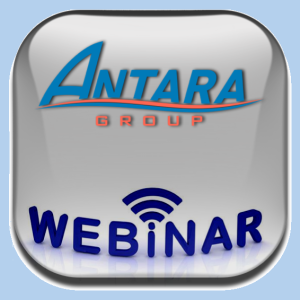The job of IT monitoring software is to gauge the device or network you’re using in order to see if there is a problem before it takes over everything. The software installed essentially notifies IT when it sees something that could be a dangerous risk, allowing IT to act on it how they see fit. With all the factors that go into a good IT monitoring software, the most important things to look for is whether or not it’s compatible with your current infrastructure, and if it’s easy to customize. Though any IT monitoring software should be capable of doing its primary job, some programs either have additional features that make it more or less desirable than others.
If you’re not sure which monitoring software is right for you, here is what IT managers from IT Central Station had to say about the software currently on the market:
SevONE:
Pros: The general consensus is the SevONE is a master at reporting data, making it easier for IT managers to find what they may or may not be looking for. Additionally, this program features customizable graphing which can help management report the best visual data to the rest of the team.
Cons: Though the reporting was good, users thought that the options for how you could analyze that data was limited. This makes it hard for IT managers to focus on which data is most important at a set time.
Opsview Enterprise
Pros: IT managers love the fluid dashboard provided in OPsview Enterprise, which allows them to monitor many sites at once. Being able to overview everything altogether is imperative to companies that need to make sure all their networks are functioning properly at any given time.
Cons: The graphical user interface wasn’t as easy to use as it could be, which is frustrating for a function whose primary purpose is to serve readability.
CA Unified Infrastructure Management
Pros: This program has great infrastructure monitoring, which is something users really look for in their IT monitoring software. The monitoring allows users to see how close they are to a threshold, so IT can act fast to fix a problem before it hits. After monitoring, uses can pull data from multiple sources into one tool, making it all very easy to visualize.
Cons: Many of the updates on UIM need to be done manually, which can be an inconvenience. It’s compatibility with AS400 is also said to be in need of improvement.
Nagios
Pros: The great thing about Nagios is that it’s always ahead of the game. Users like how they can know about things before the rest of the office finds out and complains about it. It has a “heads-up” display which is said to be very practical for regular tasks.
Cons: Out of all the IT monitoring systems on this list, Nagios seems to have the most complaints, though they might not be relevant to you so don’t write it off just yet. What’s least favorable is the GUI, which is not too customizable. Additionally, it doesn’t work well over multiple data centers, so users need to install different Nagios server for each separate operation.
So, after going through this comprehensive list, have you decided which IT monitoring system is best for you?
Editor’s Note: These statements were based on quotes by IT Managers at IT Central Station.

Leave a Reply
You must be logged in to post a comment.